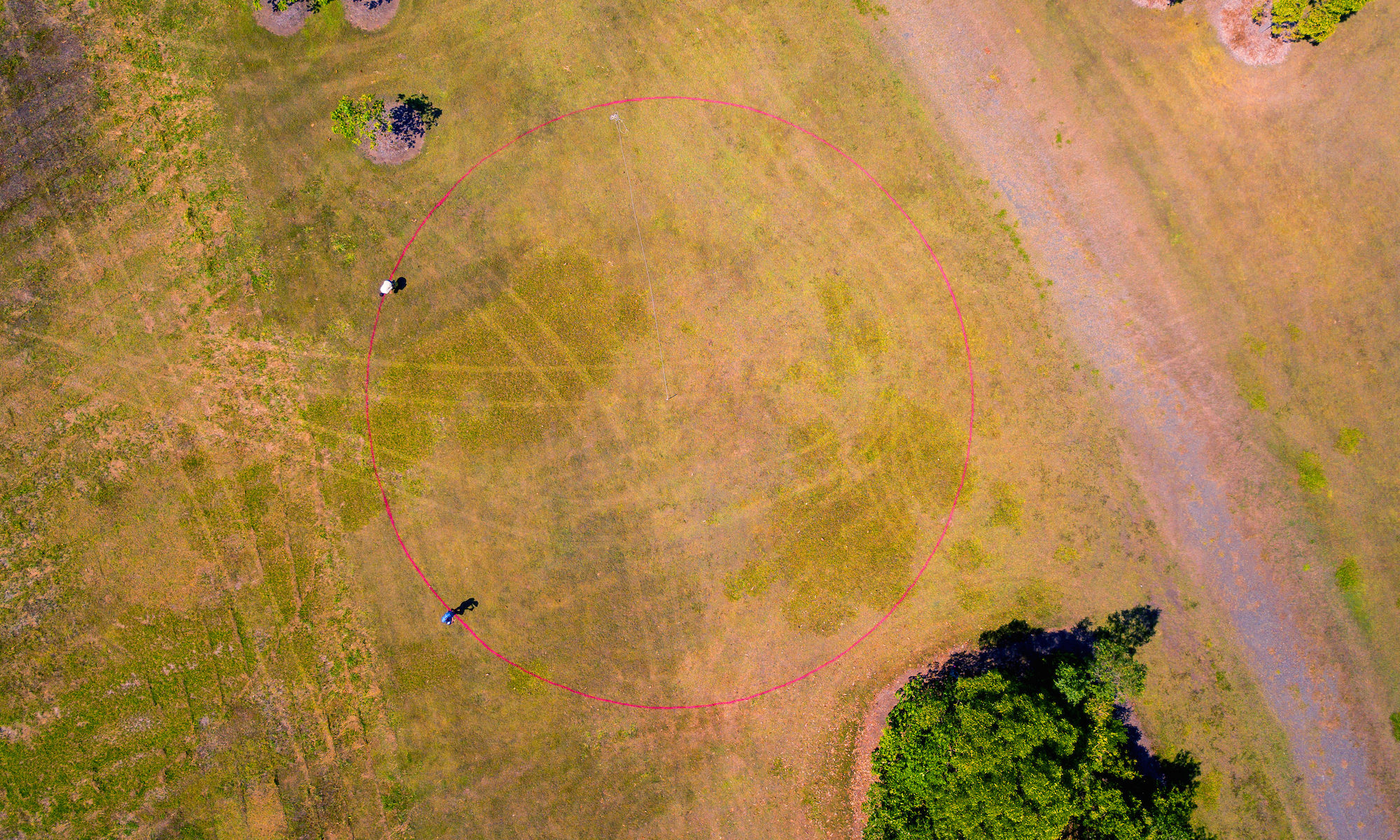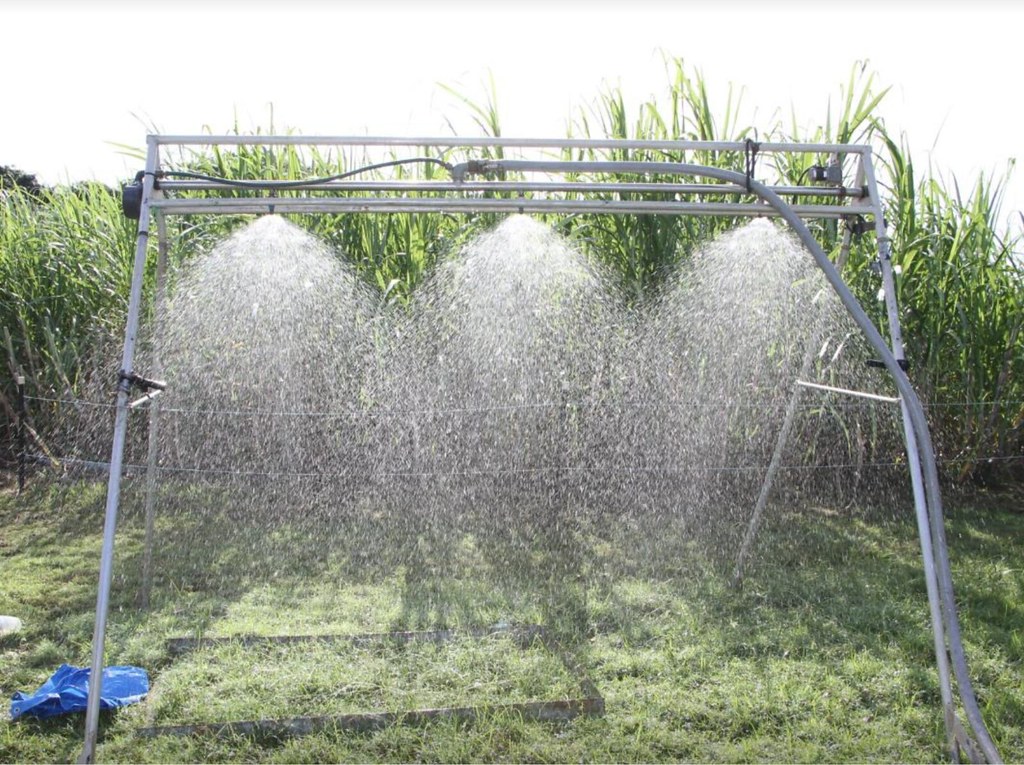On May 29, 2019, scientists at Catchment Solutions performed a Rainfall Simulation Trial at The Beacon, Mackay Regional Botanic Gardens. The results tell a great story for soil improvement associated with our project! (Scroll to bottom of this blog post for some caveats associated with these results).
You can read the full PDF report here.
In the Background information associated with the report, Catchment Solutions describes The Beacon as a small demonstration farm showcasing regenerative agriculture methods:
“The Beacon project is associated with the ‘Watershed Land Art’ program and is situated at the Mackay Regional Botanic Gardens. ‘The Beacon’ is a 26-metre diameter demonstration farm at the Botanic Gardens, showing how diverse plant species can be incorporated into sugarcane production.
The project received funding from two sources: The Great Barrier Reef Marine Park Authority (GBRMPA), through their Reef Guardians program; and the Queensland Regional Arts Development Fund (RADF), through its “Green Arts” program. Funding for the rainfall simulation assessment has been provided by Reef Catchments Limited.
The Beacon, is a small “demonstration farm” – not only trialling and showcasing a range of methods which will help build soil, reduce chemical use, and cut down on the run-off which travels from the land out to the reef, but also testing out how land management can be done in a respectful, inclusive and cross-cultural way.”
The scientific trial involved bringing apparatus on site which “rains” onto the soil at The Beacon at a particular rate, in order to simulate a heavy tropical rainfall event. The reason we did this test was to find out how well our soil can hold water and resist run-off.
Since early 2018 we’ve been building the soil with regenerative farming methods – legumes, cover crops, multi-species plantings, mulch, minerals, and microbes – all carried out with community participation on public land at the Botanic Gardens.
The team from Catchment Solutions rained water onto The Beacon, and onto a patch of nearby grassland (as a control) at the rate of 70mm/hour for 30 mins. They then compared the run-off rate between the two sites.
There are lots of details in the report, about sediments and chemicals, and you can explore the full report here.
In the conclusion, the report states:
“The Beacon plot (with regenerative farming practices) demonstrated a marked reduction in nutrient and pesticide loss, when compared to run-off results from trashed blanketed conventional farming systems (post 100 days application). Very low-level residual pesticide run-off results were found at the two plots for Atrazine and Imidacloprid, which may be associated with historical pesticide usage.Due to the lack of plot replication and an appropriate farmed control site, there is a degree of uncertainty with respect to the findings. Comparisons are limited to the two test lots and rainfall simulation findings may be influenced by historical impacts (e.g. residual pesticides).”
This is excellent news, and confirms what the regenerative farmers we’ve been working with have believed all along.
CAVEAT:
Importantly, this was a one-off test and would need to be replicated with more thoroughness before it could be seen as definitive of the soil improvements that have taken place at The Beacon. The team at Catchment Solutions have added these statements as a caveat:
“Due to the lack of plot replication and an appropriate farmed control site, there is a degree of uncertainty with respect to the findings. Comparisons are limited to the two test plots and rainfall simulation findings may be influenced by historical impacts (e.g. residual pesticides).
The control site was the adjacent lawn area and not a farm site.This trial was very much a high level demonstration (with the water quality monitoring component a rather late add-on) and a more detailed scientific and rigorous trial design would be necessary before more definitive conclusions were made.”
Many thanks to the staff of Catchment Solutions and Reef Catchments for supporting this trial.

